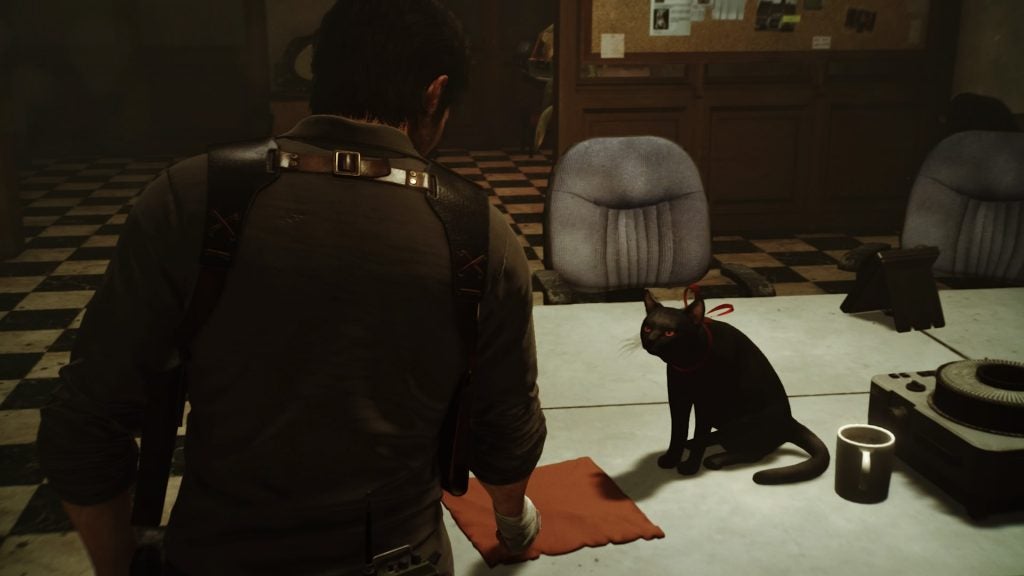The Evil Within 2 Review
The Evil Within 2
Can Mikami create more horrific brilliance?

Verdict
Pros
- A visual feast
- Absurd but involving story
- Moments of scripted horror heaven
- Weapons are always a pleasure to pop off
Cons
- Resource gathering is tedious
- Hub worlds can’t incite much tension
- Moving through the world feels like a chore
Key Specifications
- Review Price: £42.00
Available on PS4 (version tested), Xbox One and PC
The more you play The Evil Within 2, the clearer it becomes that horror and open-world game design don’t mix. Not just bashing heads, but magnetically repelling each other – one is all about imposing tight control over the player and environment, the other about empowering the player by removing that control.
And yet Tango Gameworks has nonetheless produced an enjoyable and occasionally mesmerizing game by combining the two. Rather than berating the studio for not matching the highs of the first Evil Within, I’m more inclined to applaud it for not having somehow avoided a complete creative disaster.
Buy The Evil Within 2 now from Amazon UK | Amazon.com
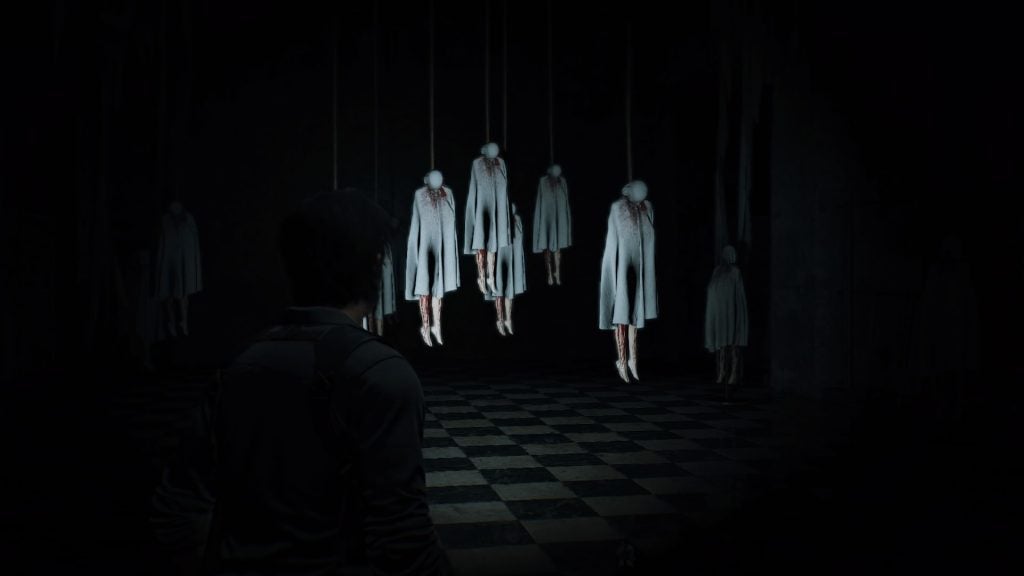
The fine head of hair that is Sebastian Castellanos returns to the middle of the screen in this sequel, having understandably resorted to substance abuse following his harrowing experiences at Beacon Mental Hospital in the first game. Following a lead from Kidman as to the possible whereabouts of his daughter (it’s probably best to play the first game if you want a hope in hell of following the plot in this one), Seb once again enters a nightmare STEM world that was intended to simulate idyllic small-town America. But oh look, it’s crawling with David Cronenberg body horror visions now.
That corrupted small town simulation, known as Union, is represented by a number of quasi-open-world hubs, like those in Crystal Dynamics’ Tomb Raider games, and arriving at the first of these hubs after an opening hour or so of traditional, scripted horror – long, dark corridors, bizarre visions and well-paced jump scares – is a disappointing experience. In a heartbeat, The Evil Within’s gone from guiding you through an expertly built house of horrors, so many layers of reality deep that you lost count, to an overly familiar North American suburb overrun by zombies in which you can roam freely. It’s kind of a buzz kill.
Related: Xbox One X
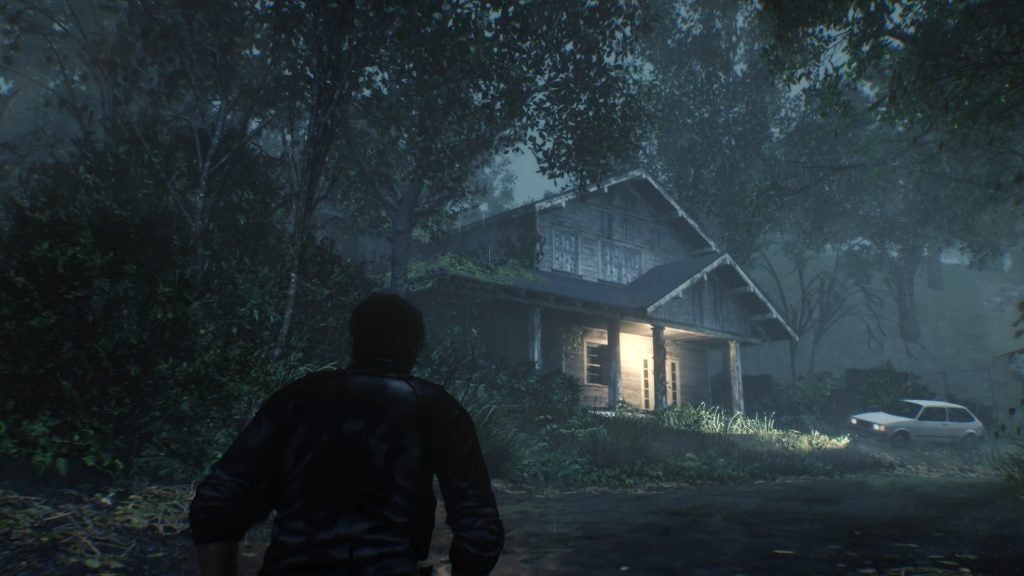
There is still a sense of atmosphere to Union, though, and of course in large part that’s generated by the various monsters roaming the streets. But it’s also helped along by the game’s fantastic use of lighting. It’s used not simply to guide your eye to the next important door or dramatic scene, but to make the white-fronted abandoned church appear even ghostlier by casting bright light on it in an otherwise dark and desolate street. Or to illuminate the parts of Union towering above you as it folds back in on itself, a la Inception.
Lights are placed thoughtfully in every interior environment too, which bustle with sinister mise en scène to better sell a sense of place. In this way, it’s a really beautiful game. Despite invariably depicting decay and gore, it does so with such a technical flourish that you can’t help but stop and admire the smeared viscera at times.
Perhaps instilling that begrudging respect for the grotesque is a deliberate move on Tango Gameworks’ part. It’s certainly central to the plot for much of the game, as Seb tracks down an otherworldly photographer who delights in setting up violent scenes and capturing their beauty, as he sees it.
Encounters with this chap also inject a bit of linearity and vision back into the game after you’ve schlepped from derelict bungalow to derelict warehouse in the hub world, following a radio signal to locate some shotgun shells. The photographer messes with your sense of direction, remixing level arrangements on the fly so that as you turn back round on a door you just walked through, now it’s a floor-to-ceiling mirror. The wall you thought you were walking towards? That’s a painting, and you’re walking down stairs you didn’t realise were there.
Related: Best PS4 Games
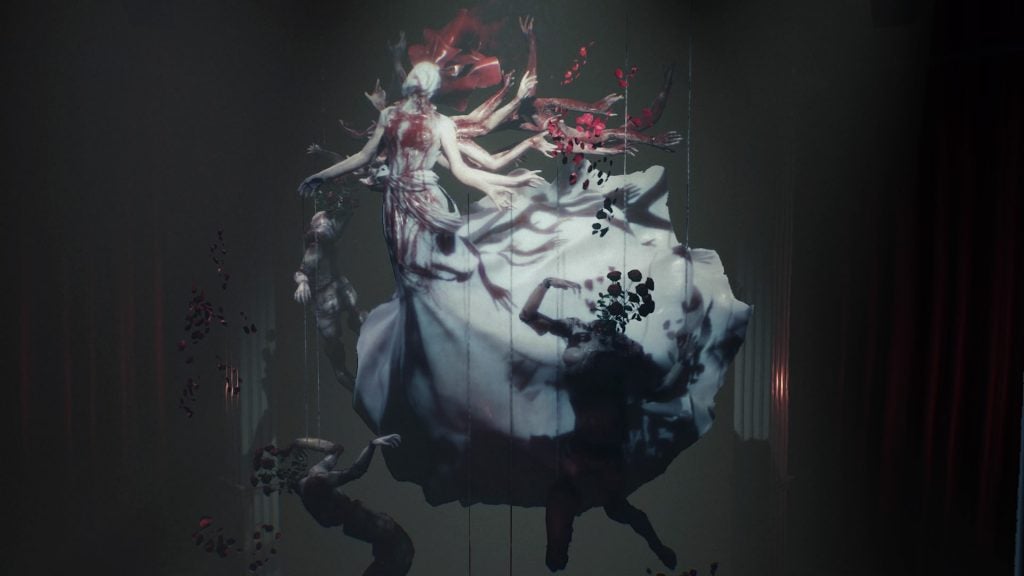
These perception-altering sequences are some of The Evil Within 2’s best moments, and the boss fights that occasionally lie in wait at the end of them are always memorable, if not particularly sophisticated in their design. An early-ish encounter in a photographer’s dark room with a bundle of legs whose face is a camera lens attached to the body by a fleshy accordion, for example, has a lot going for it thematically and visually. In execution, it’s really just a matter of hitting it and running away until an on-screen timer expires.
Combat itself is enjoyably meaty, bolstered by strong weapon feedback and delightfully explosive zombie heads. Playing on medium difficulty I felt frequently terrorised by assailants in groups larger than one and always short of ammo – exactly as one should feel in a survival horror game. Enemies close in on you so quickly that the sweet headshot you had lined up just a second ago has been and gone, and now you’re in melee territory but still holding a gun out hopelessly. Every fight is an exercise in retreat and popping off panicked rounds at closer distance than you’d prefer.
Related: Best Xbox One Games
Stealth, which seems less of a focus than it did in the first game, is nonetheless still satisfying and still a consistently viable approach if you pour enough Green Goo (upgrade points) into it.
There’s a lot of that, by the way. Picking up weapon parts. Gathering slime from enemies’ cadavers. Collecting steel pipes. Harvesting herbs from front porches and office blocks. Grabbing rare weapon parts and Red Goo to unlock still more of your character and weapon upgrade trees. Following distress beacons to an area on the map which contains an ammo pouch.
There’s nothing wrong with instilling a sense of progression in Seb’s abilities or in the game itself, but when you find yourself keeping a keener eye out for the gold glint of upgrade items than you do for enemies, you know something’s been compromised about this whole survival horror thing.
Related: Star Wars Battlefront 2
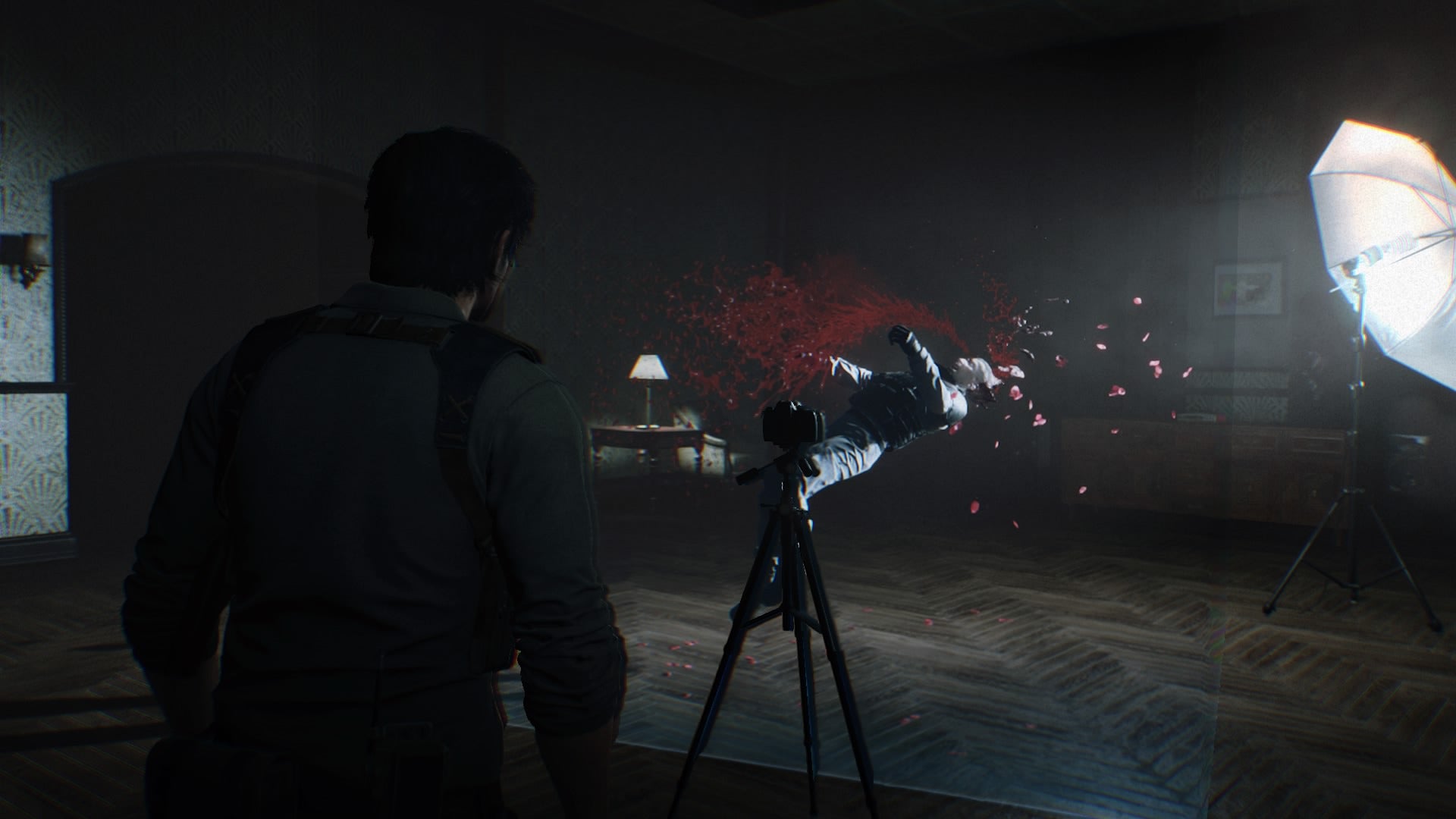
The Evil Within was, erstwhile, a mood piece, and fantastical at serving up strange and distressing imagery and terrorizing fights at a calculated pace. Now it’s occasionally those things, but much more often a game of the Ubisoft open-world mold in which gathering resources and completing simplistic side quests accounts for at least half your time.
Still, the esoteric horror of The Evil Within 2 is worth braving those long, barren spells of trudging, backtracking, and upgrading for. Too often, horror creators in cinema and gaming forget that you don’t scare people by filling the screen with more and more recognizable genre tropes until someone screams, but by presenting unusual subversions of the safe and familiar. Tango Gameworks is great at that: doing something unusual, where other studios would have made do with a George Romero zombie or the girl from F.E.A.R. again.
Buy The Evil Within 2 now from Amazon UK | Amazon.com
Verdict
If it’s possible to preserve a sense of tension and genuine horror in an open-world setting, The Evil Within 2 hasn’t discovered how. In an attempt to introduce a more contemporary gameplay style than that of Shinji Mikami’s classics, this game ends up diluting its best qualities by filling your time with tedious milling about and resource-gathering.
With that said, its peculiar imagery and narrative, which is so far past ridiculous that it comes full-circle back to engaging, still shine brightly enough that The Evil Within 2 still gets under your skin.

